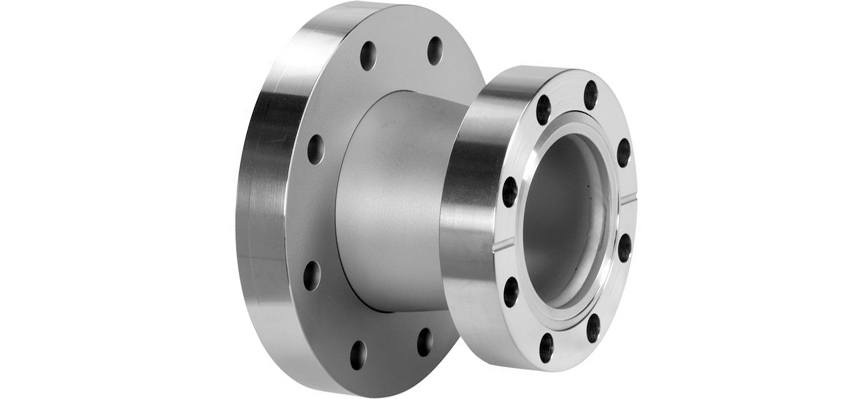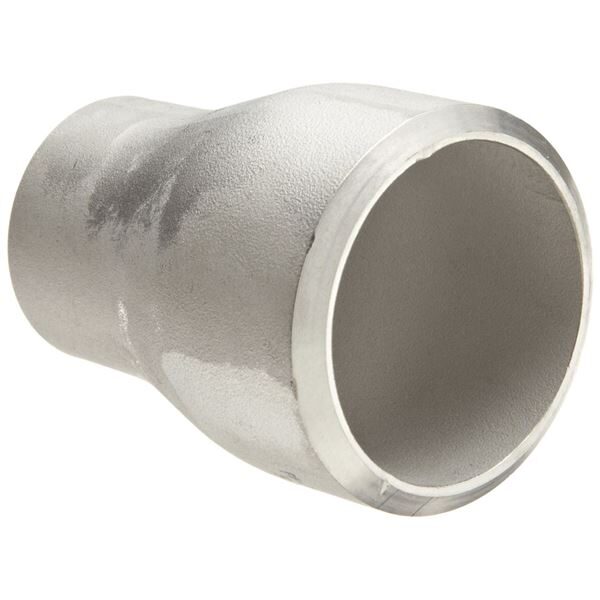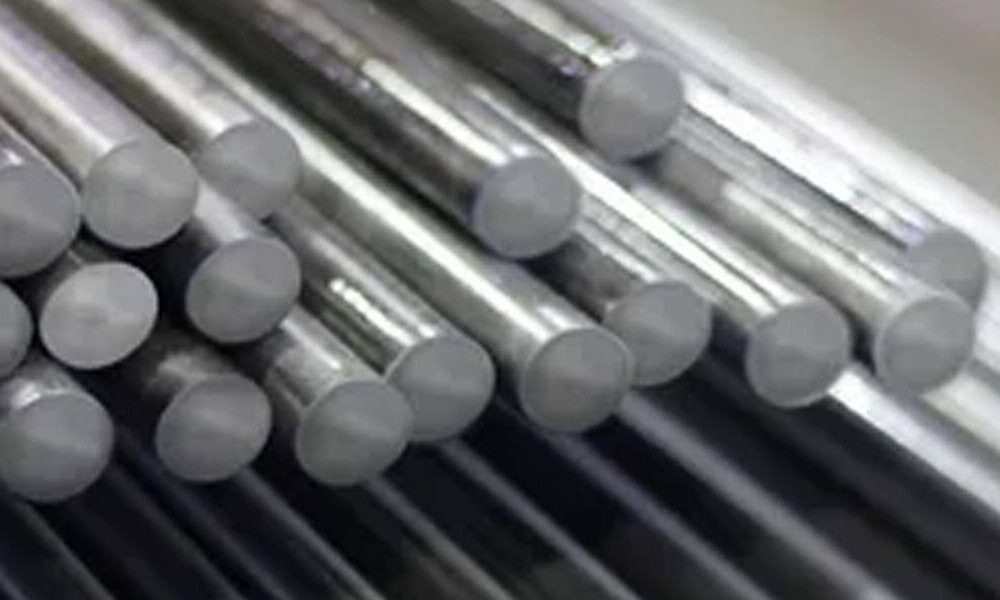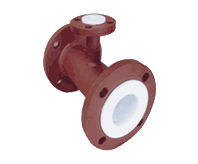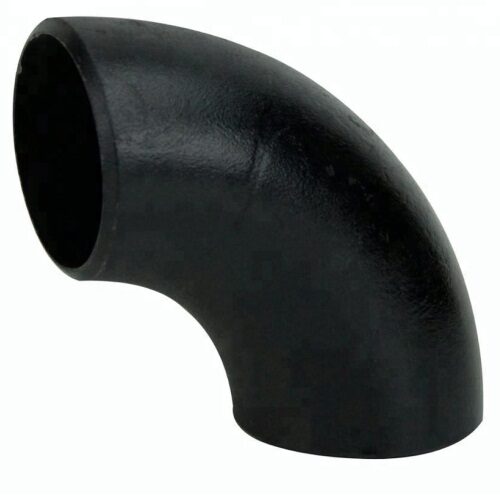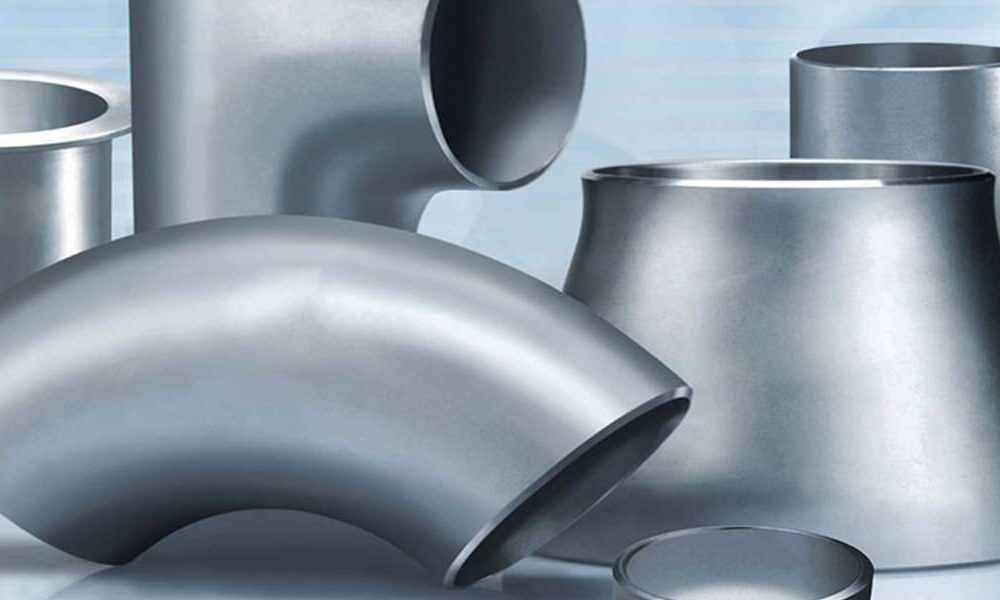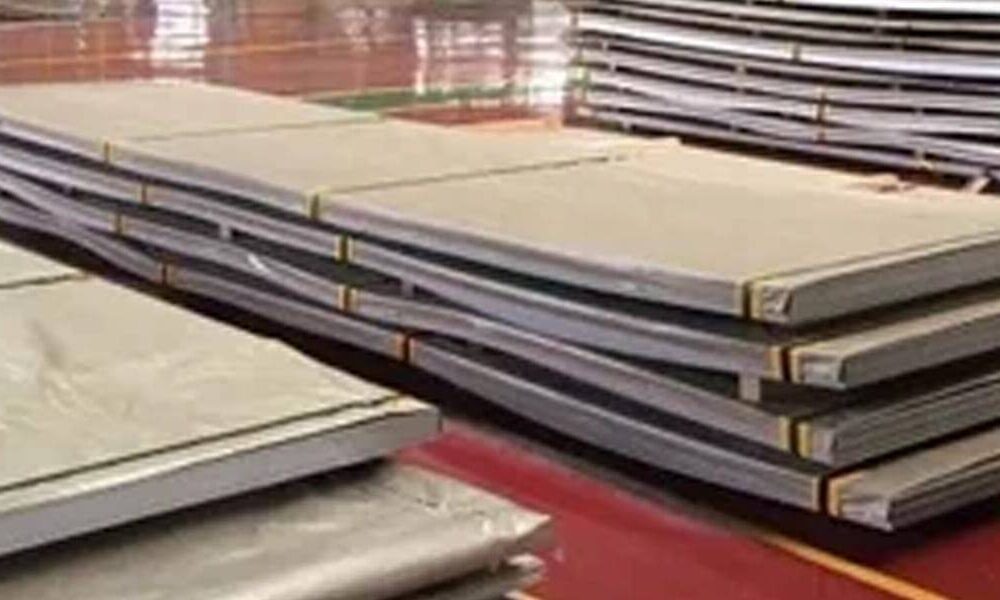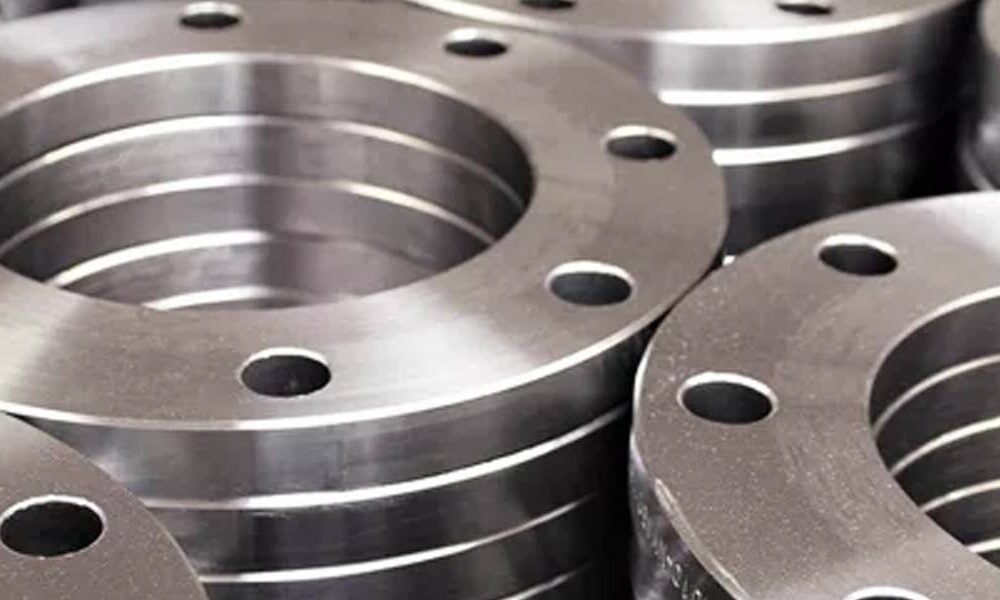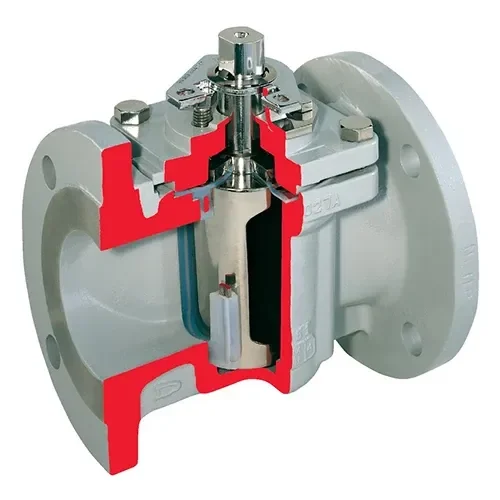Description
A reducing flange is a type of flange used to connect two pipes of different sizes. The reducing flange has a larger diameter on one end and a smaller diameter on the other, allowing it to be used to connect pipes of different sizes. The larger diameter end of the reducing flange is used to connect to the larger pipe, while the smaller diameter end is used to connect to the smaller pipe.
Reducing flanges are commonly used in piping systems where there is a need to connect two pipes of different sizes, while maintaining a smooth transition of flow. They are also used in applications where the piping system needs to be modified or adapted, such as when adding a new component to the system.
Reducing flanges are available in a range of materials, including stainless steel, carbon steel, and various alloys, and they can be found in a range of sizes and thicknesses to suit different applications. The material and size of the reducing flange must be selected based on the specific requirements of the system, including the temperature and pressure of the fluid or gas being transported, as well as the environmental conditions in which the system operates.
In addition to standard reducing flanges, there are also various specialized types of reducing flanges available, such as long welding neck reducing flanges, which have a long neck for use in high-stress applications, and spectacle blind reducing flanges, which have a solid plate and a ring for use in pipeline maintenance and shutdowns

